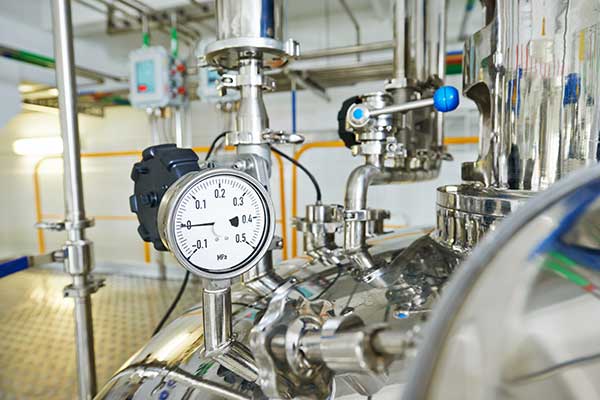How To Drain a Boiler
A pump pumps water at roughly 180°F via pipes and radiators in a hot-water heating system. A relief valve allows moisture to escape if the pressure becomes too high. It might be due to a shortage of air in the expansion tank.
The boiler of a steam system converts water to steam, which then circulates through radiators, condenses to water, and returns to the boiler. A safety valve releases moisture if the expansion tank pressure becomes too high. Lift the handle to inspect the valve regularly. Replace the valve if it will not lift. Drain a steam boiler only when you’re going to be gone for an extended period; do it the same way you’d drain a hot-water boiler, only don’t touch the radiator valves.
A glass gauge shows the boiler water level; when you turn off the boiler, the water should be at least halfway up the meter. Check the gauge monthly (more often in severe cold weather) and refill the boiler by turning on the supply valve until the water in the glass reaches the proper level unless you have an automated refill valve.
To avoid sediment building, open the drain valve on the low water cutoff once a month or anytime the water seems filthy, and drain a pail of water. Take caution since you will heat the water. Fill the boiler to the proper level. If the water remains unclean, use a boiler-cleaning agent to clean it. Remove the safety valve and pour it into the compound as directed on the package.
If a steam-heat system cycles on and off often, yet there is no heat, you may need to fill the boiler. If the water level is correct, a buildup of sediment may cause a situation known as surging. Add an antisurge substance to alleviate it.
People are often required to remove, clean, or disassemble a defective apparatus, but first, everyone must empty the boiler. People are confronted with the issue of determining how to drain all of the water from a particular boiler. This process is complex since the water from the tank does not drain the first time entirely, and you will have to use some effort to drain it to the conclusion.
Cases that require draining the water include:
Cleaning the interiors. You must do it at least every five years to ensure that the scale does not harm the gadget from the inside.
The beginning of the cold season. If the gadget is in a private home, in an unheated room, you must empty it.
Because all water heaters are identical, they all have the exact drainage mechanism, and this method will need a rubber hose, an adjustable wrench, and access to a bathtub into which water will drain. If the water does not blend into the bath, it is essential to prepare numerous huge tanks to avoid flooding the neighbors and potentially dangerous circumstances.
Preparation for the procedure

You must complete Several crucial measures before draining. The following is the core of the preparation:
Turn off the boiler so that no electric current flows. It is not enough to remove the plug from the socket; you should use an indicator screwdriver to check for electric current in the wires.
Turn off the general apartment taps to cease the water supply.
The most important item to remember is that you can only empty the boiler after the water has cooled or is warm. As a result, after removing the plug from the outlet, you should wait for the water to cool.
Drain a hot-water boiler only for maintenance or in the event of a protracted power loss that might cause the pipes to freeze. To drain, cut off the power and water supply and allow the water to cool (the boiler has a temperature monitor). Connect the drain valve with a hose. Drain the hose or collect the water in buckets. Open the air vents on top-floor radiators once the water is flowing.
You may apply an antifreeze substance to the system to avoid freeze-ups. It may need adjustments to the boiler’s water supply, which your boiler serviceman should only perform.
Close the drain valve and switch on the water supply to refill the boiler. Close the air vents if you hear water in the top floor radiators. After that, bleed air from all valves.


Recent Comments